- September 14, 2022 / By Admin
Planning a safe room in your new custom home.
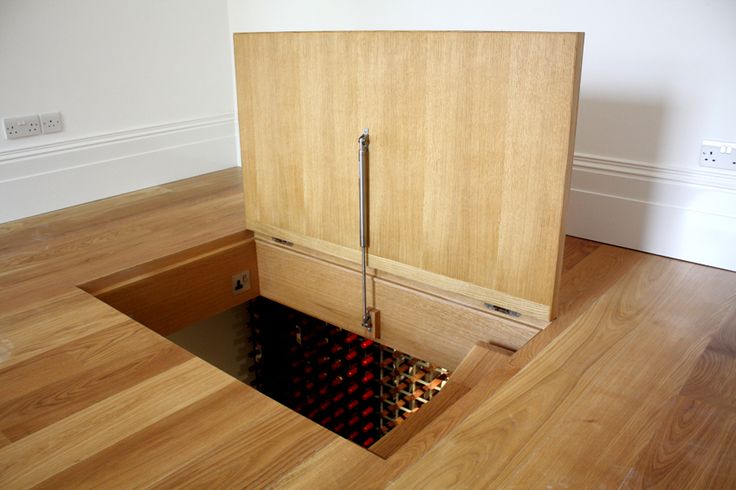
Planning a Safe Room in your Luxury Custom Home.
Safe Rooms provide a protected space that allows multiple people to shelter in place safely isolated from airborne toxins like radioactive fallout or chemical spill vapors, malicious people, and weather events. You can easily create one in your new home as its being built.
The Safe Room Structure
A safe room consists of an envelope (a room) that has a true NBC filtration system installed that will maintain more air pressure inside the room than outside of it (overpressure) in order to constantly keep air blowing outward from the protected space. This will not allow airborne toxins from migrating back into the room and your lungs.
Our safe rooms are made or thick concrete (floors, walls and ceilings) and built to last hundreds of years.
Safe Room air must be filtered in order to make it safe and breathable. The best filter combination is a bank of pre-filters, an individually DOP scan tested nuclear grade HEPA for radioactive fallout and a nuclear grade carbon adsorber that will adsorb radioactive iodine.
Safe Room Critical Things to Consider
- How well the safe room is sealed – if the safe room is well sealed, then the air needs some way of being returned from where you get it. An overpressure valve over a penetration (hole in the wall or ceiling) is the best solution.
- Safe Room size in volume – we like to see at least one air exchange per hour.
- Safe Room selection – inside safe rooms offer more distance (one component of protection) from radioactive fallout.
- The number of anticipated occupants – the 60 CFM Safe Cell is rated for up to 12 occupants using the ASHRE standard of 5.0 CFM per occupant and 17 occupants using the Israeli standard of 3.5 CFM per occupant. The 120 CFM Safe Cell doubles these occupancy ratings.
- What pressure the air is that is being drawing into the room – is it being drawn from static air or from a central forced-air system? Static air is best. The airspeed through the carbon be must be engineered to ensure it has the proper residency time in the carbon. Speeding up the air before the filter may reduce this residency time below the quarter-second specification issued by the US Army Corps of Engineers.
Safe Room Components
American Safe Room manufactures all of the critical components you need to outfit your safe room. From high security doors to NBC filters, we have everything you need right here:
Safe Room Doors
Options include both ballistic and blast doors.
Most ballistic doors features a 3/8 inch thick ballistic plate that gives UL 752, level 8 protection – withstands multiple hits with 7.62 NATO ball. This can be scaled up to 50 caliber AP (yes, armor piercing).
Doors can also feature a swinging gun port with an internal cam latch, a wide angle viewer on each side of the gun port, a pry-resistant steel lip around the door leaf, and a steel frame that is welded to the door for easy installation.
They are fabricated with a square tubing sub-frame that holds the ballistic plate flat so the EPDM seal is evenly compressed. This sub-frame and ballistic plate door leaf are permanently mounted in an steel angle section frame that has a steel anti-pry lip around the door leaf.
Most ballistic doors come in two standard sizes: 32 x 72 inches and 36 x 80 inches – plus any reasonable custom size.
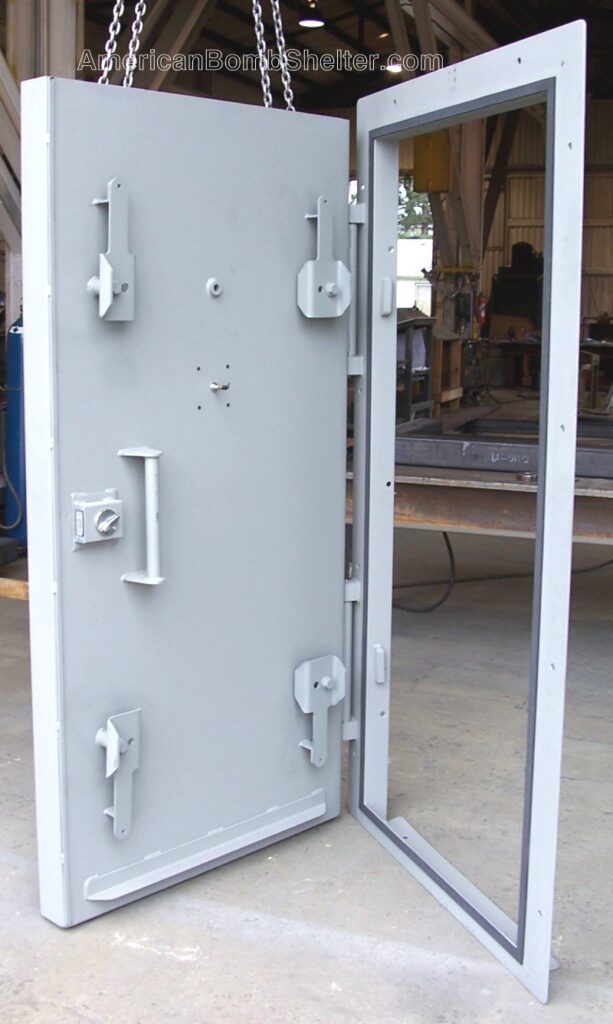
Our concrete filled blast doors offer outstanding ballistic protection as well as blast and cutting torch resistance.
The steel envelope door leaf is shipped empty. After you mount the door in the rough opening, you fill it with 4,000 PSI concrete. This give you a door leaf that weighs 1,700 pounds. 7.62 NATO ball ammunition makes it about half way through, they are engineered certified for a 50 PSI blast, and cutting torches just need not apply with four inches of concrete fill.
Note the cam latch handles – on both the latch side and the hinge side. Blast doors are made to swing outward so they take the force of the blast in the seated condition. But if someone were to take the time to cut through the massive steel hinges with a torch, they could remove the door and gain entrance. Even if the hinges were cut, the two cam latches on the hinge side will keep the door in place. We also provide wall capture brackets with this option that weld onto the frame and wrap to the inside wall where they are bolted in place. This put six concrete wedge anchors inside your shelter – where they can’t be attacked.
Safe Room Air filtration and ventilation
Your safe room is only as secure as the air you breath. You need a full spectrum nuclear, biological, and chemical air filtration system in your protected space.
We prefer the Swiss Made Filter systems as shown below.
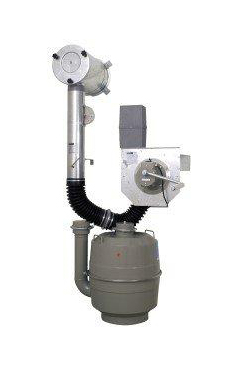
Safe Room Blast valves
Blast valves are heavy steel pressure vessels that mount over the ventilation pipes in a safe room. They close if a detonation occurs nearby, then re-open to allow the NBC air filtration system to keep providing airflow.
Blast valves shut automatically for both pressure and vacuum. They feature lightweight valves that have an extremely fast closing time. When an detonation occurs, the atmosphere is blown outward, leaving a near-vacuum void. This void expands outward until the mass of the atmosphere overcomes it. If you’ve ever seen footage of trees blowing one way, then the other after a detonation, that’s the first two phases of a blast – positive and negative pressure. You need double acting automatic blast valves in your safe room.
Many blast valves also have a manual lock shut function. This is in case there is a structural fire outside your safe room or a malicious person dumping fuel down your vent pipes. Structural fires have a thermal element (heat) and produce massive amounts of carbon dioxide. If you are trapped in your safe room during a fire, turn off the Safe Cell and lock the blast valves shut for a few hours.
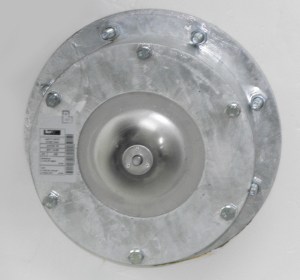
Safe Room Ventilation pipes
We prefer steel ventilation pipes to order. They bolt on to the outside of a safe room with concrete wedge anchors and a gasket. The top end features a rain hood with an insect screen inside of it held on with a security fastener.
To get proper ventilation, you need to bring air in, filter it, then return it from where you took it. The best place to take it from is outside – where there is a never-ending supply of oxygen.
The intake should be mounted on the opposite corner or wall from the outflow so the filtered air has to transit the entire shelter before it’s kicked back out. This will help remove the carbon dioxide and moisture the occupants exhale.
Backup hand crank
For long term power outages, you need a way of replenishing the oxygen in your safe room that is sustainable without electricity.
Differential pressure gauge
Know you have positive pressure (overpressure) in your safe room. This gauge give you a continuous reading of the difference in pressure between the protected space and the outside.
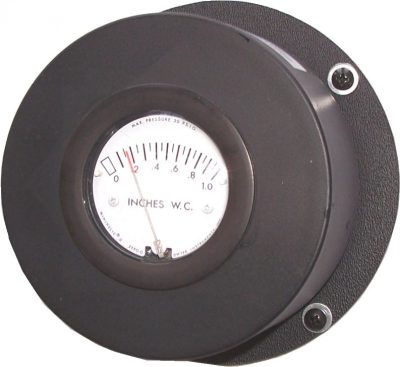
Plattner Custom Homes is very familiar with safe rooms and can even build them into crawl space homes.
Learn more about Plattner Custom Homes and Safe Rooms for your new custom home.

